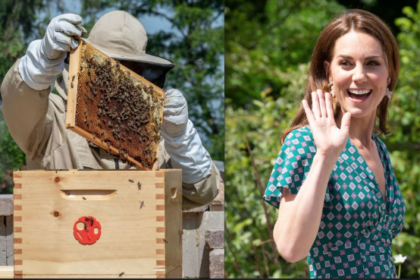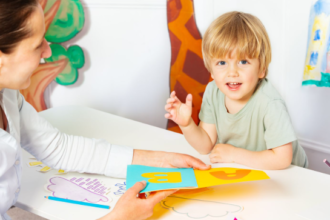Zryly.com Cybersecurity Review – Features, Pros & Cons
Cybersecurity is a major concern for businesses and individuals. With increasing cyber threats, choosing the right protection is crucial. Zryly.com…
Biography
Business
Boost Your Business with Shopnaclo: A Complete Guide
Shopnaclo has gained attention as a reliable platform for businesses to expand their reach, streamline operations, and increase sales. It…
Rainmakerless.com: AI Solutions for Business Growth & Leads
Introduction to Rainmakerless.com Companies seek efficient ways to boost growth and generate leads in today's fast-paced business world. With the…
FintechZoom.com Russell 2000: Your Guide to Small-Cap Investing
Small-cap investing offers exciting opportunities for growth, but it also comes with its own set of risks. If you are…
Shannon Swanick TPO: Transforming Digital Mortgage Solutions
One name stands out in the fast-evolving world of digital mortgage solutions: Shannon Swanick TPO. Known for innovative approaches and…
News
Kate Middleton’s Passion for Beekeeping: A Royal Hobby Explained
Kate Middleton, the Princess of Wales, is known for her royal duties, fashion, and advocacy for mental health, but there’s…
AvStarNews: Your Go-To Source for Entertainment & Tech News
Welcome to www.avstarnews.com, your ultimate destination for the latest entertainment and technology updates. In today’s fast-paced world, staying informed about…
Silver Price Forecast 2025: Trends and Insights from FintechZoom
Silver has long been a popular investment choice, offering a stable hedge against inflation and market uncertainty. As we move…
Latest Topics
Zryly.com Cybersecurity Review – Features, Pros & Cons
Cybersecurity is a major concern for businesses and individuals. With increasing cyber threats, choosing the…
Childmud.net Review: Safe Learning for Kids | Features & Benefits
Introduction Childmud.net is an online platform designed to provide a safe and engaging learning environment…
Statekaidz.com Review: Features, Benefits, and User Guide
Introduction Statekaidz.com is a growing online platform offering tools and services for professionals and businesses.…
Rovzizqintiz Explained: Benefits, Uses, and Key Facts
Rovzizqintiz is a term that has gained attention in recent times. Many people are curious…



























